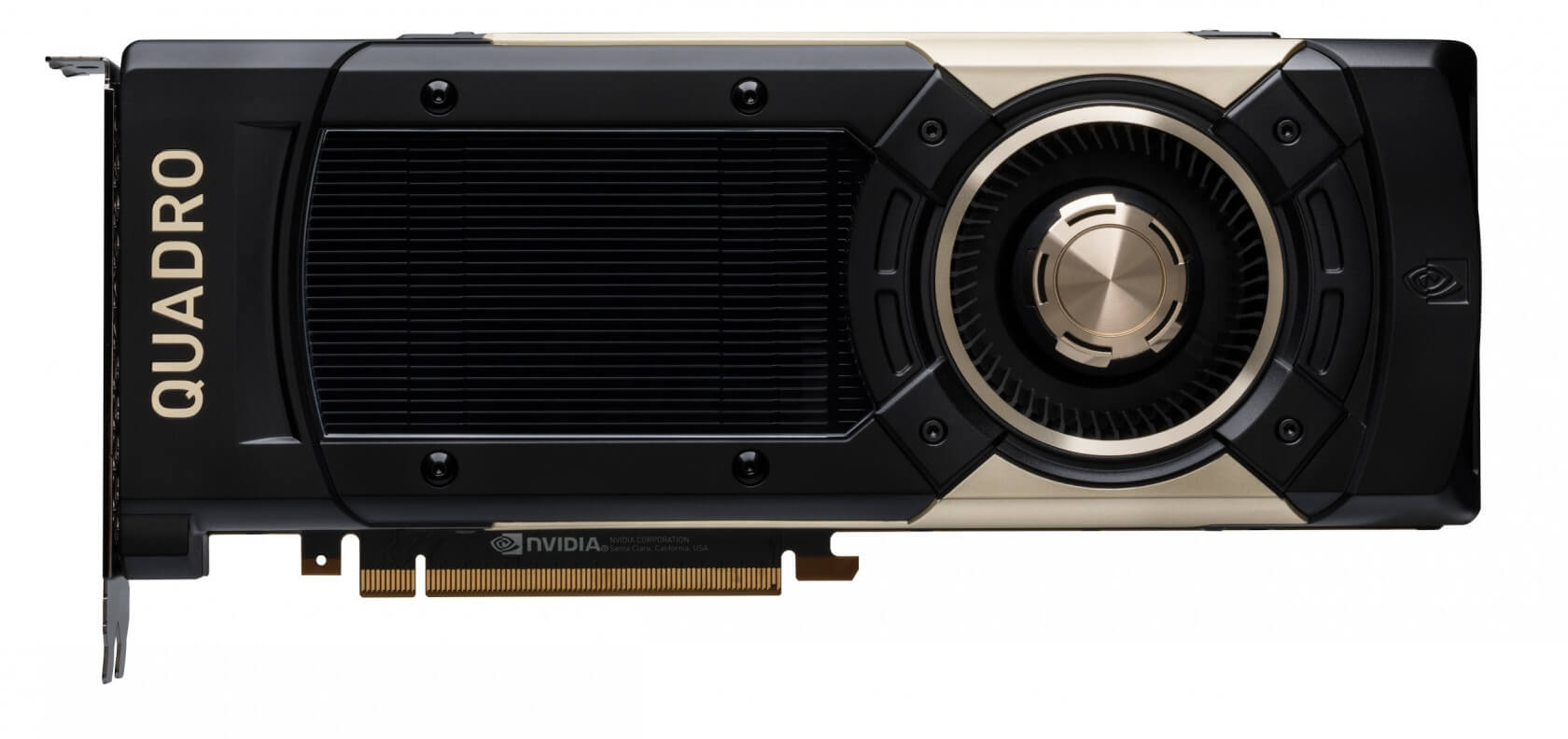
Last week Nvidia showed off its real-time ray tracing (RTX) technology at GDC. Microsoft unveiled a new API for DirectX 12 that takes advantage of RTX and Epic Games showed us what it could do with the tech. Nvidia’s RTX is a game changer for 3D graphics. The only problem is the technology is not available on current generation GPUs.
That changed today at the GPU Technology Conference (GTC) when Nvidia announced the Quadro GV100. The GV100 is the company’s next-gen GPU utilizing the Volta architecture with RTX built right in.
The new workhorse features 32GB HBM2 memory, 10,240 CUDA cores, and 640 tensor cores. This gives it 7.4 TFLOPS of power for double-precision rendering or 14.8 TFLOPS for single-precision.
The card also supports NVLink 2 allowing two GV100s to be linked with a shared memory pool, essentially doubling your processing power with 64GB of memory.
Of course, it also comes with support for Nvidia OptiX, DirectX Raytracing, and Vulkan. While we have seen some great tech demos implementing RTX technology in the past week, don’t get your hopes up for a GV100 gaming rig. The new card isn’t meant for consumers.
CEO Jensen Huang made it clear that the card is built with commercial workstations in mind. For now, studios like Disney and ILM will be utilizing the card and RTX technology to shorten rendering time. The Quadro GV100 will retail for $8,999 direct from Nvidia when it becomes available in April.
https://www.techspot.com/news/73902-nvidia-unveils-quadro-gv100-rtx-technology.html